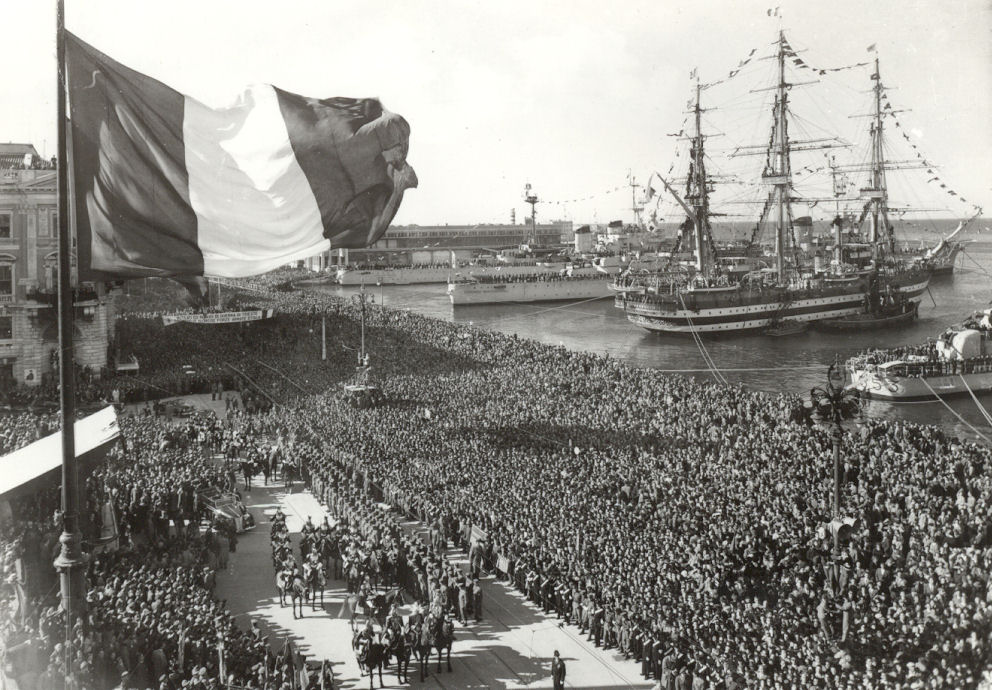The London memorandum and the return of Trieste to Italy
In December 1953, high-level meetings began to resolve the Trieste question, which has now turned into blood. The room for maneuver appeared, initially, rather narrow. Tito made it known that any solution that changed the existing status quo to the disadvantage of Yugoslavia would not be accepted, while the Italians were firm on the conditions contained in the Anglo-American declaration of 8 October. However, the Yugoslavian attitude softened following the promise of the Anglo-Americans to contribute to the financing, with twenty million dollars and two million pounds, of a port in zone B. Also the position of Italy, thanks to a more realistic approach to Trieste issue of the new prime minister Scelba and his foreign minister Piccioni, favored the reaching of an agreement.
On 5 October 1954 the problem was defined with a memorandum of understanding, signed in London by the representatives of the United States, United Kingdom, Italy and Yugoslavia, (and for this reason known as the London Memorandum), by which the Free Territory of Trieste was divided on the basis of the two zones already assigned, except for some territorial adjustments. In fact, Yugoslavia managed to slightly modify the dividing line to its advantage of about 11 km², annexing some villages of the municipality of Muggia and thus reaching the mountains that overlook the southern outskirts of the city. In the early afternoon of the same day, in Trieste, General Winterton announced the agreement by radio and a cheering crowd poured into Piazza dell'Unità d'Italia. Three weeks later (October 26, 1954) the Italian troops entered the city. In the London Memorandum, however, sovereignty was not mentioned: the civil administration of Italy on zone A and of Yugoslavia on zone B was granted respectively.
In this way Trieste had to give up a sufficiently large province and found itself squeezed into a strip of land that reduced its economic potential. It was decided to maintain a free port in the city and the protection of the ethnic minorities residing in the two areas was imposed. The historical and political controversy was directed in particular against the Italian Communist Party which, according to some historians, had in the past had a acquiescent attitude towards Josip Broz Tito and Stalin.








